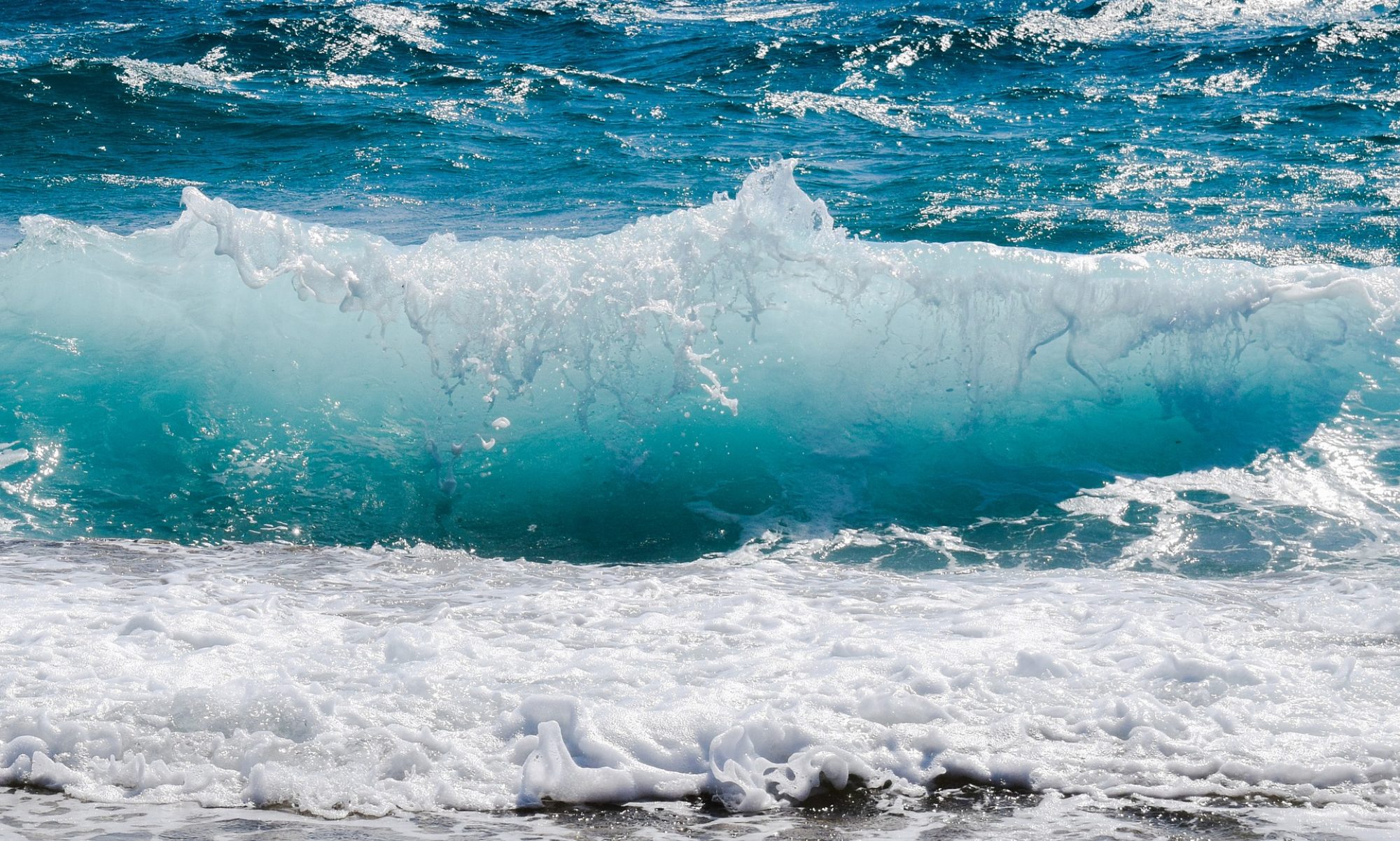Los microplásticos, amenaza imperceptible
Los microplásticos son plásticos de un tamaño de 3 a 5 nanómetros. Para que tengan en cuenta, 1 nanómetro es una millonésima parte de un milímetro. Estos provienen de la erosión y degradación del plástico y pueden terminar en los mares y hasta en el aire que respiramos. Si lo respiramos, este terminará en nuestros pulmones, y si este termina en el mar probablemente será comido por un pez que luego será consumido por una persona. Además, algunas partículas de microplásticos son tan pequeñas que pueden llegar hasta pasar por los poros de nuestra piel.
Los microplásticos son un problema mundial que cada vez va en aumento con la producción de plástico.
Solución propuesta
Luego de investigar, llegamos a la conclusión que la forma más directa y sencilla para reducir la cantidad de microplásticos es simplemente reducir la cantidad de plásticos. Los plásticos se generan por el hombre, por lo que recae en nuestras manos reducir su cantidad.
La mejor manera de reducir la cantidad de plásticos es a través de un consumo responsable y evitar el uso de plástico, sin embargo esto no siempre es posible por lo que otra opción es reciclar. No obstante, este puede ser un proceso complicado ya que a veces la gente se confunde a qué contenedor pertenece los objetos que quieren tirar. Es por esto que ideamos un tacho inteligente, el cual estará integrado con una inteligencia artificial fuerte entrenada para distinguir entre los distintos tipos de residuos. A través de la IA, el tacho podrá predecir qué tipo de residuo se tiró y enviarlo a su contenedor correspondiente dependdiendo del tipo de desecho que sea.
Además, una vez que los plásticos son llevados a la central de reciclaje no todo el plástico se recicla. Es por eso que a esos plásticos sobrante los llevamos a un establecimiento cercano donde se encuentran compartimientos con gusanos de seda y zophobas morio en su interior. Estos son gusanos que pueden descomponer el polietileno y el poliestireno, los cuales son dos de los plásticos más usados en la industria.
Sin embargo, existe otro tacho inteligente similar al nuestro llamado bin-e. No obstante, en nuestro tacho se pueden desechar varios tipos de residuos a la vez.
Conclusión
Realmente pensamos que es necesario disminuir la cantidad de plásticos en el mundo para asegurarnos que los microplásticos nunca lleguen a ser una verdadera problemática. La disminución de plásticos garantizan nuestro futuro y será un gran paso para seguir avanzando en el futuro.
